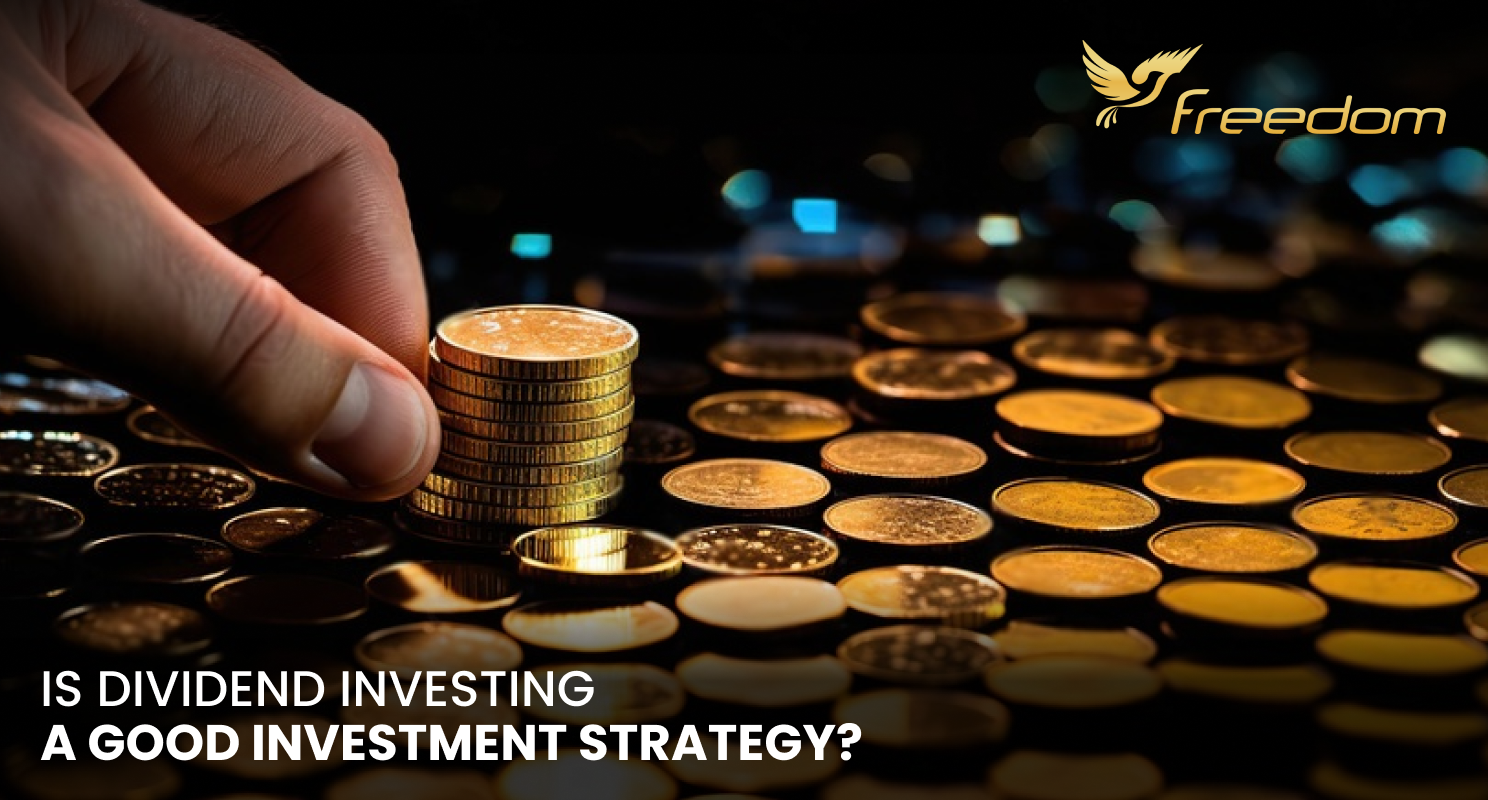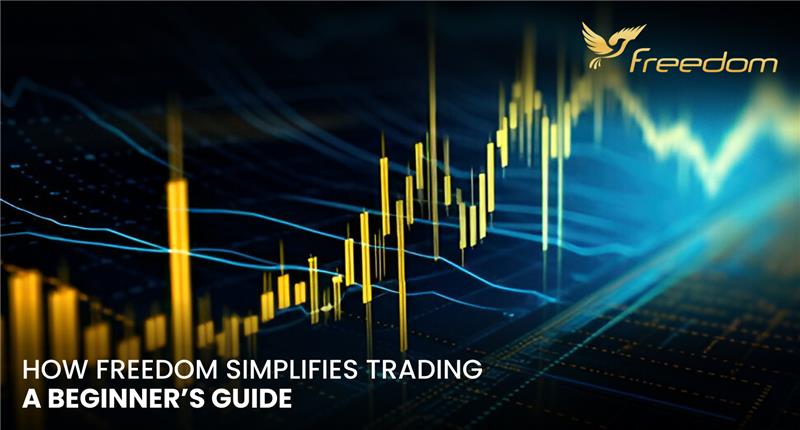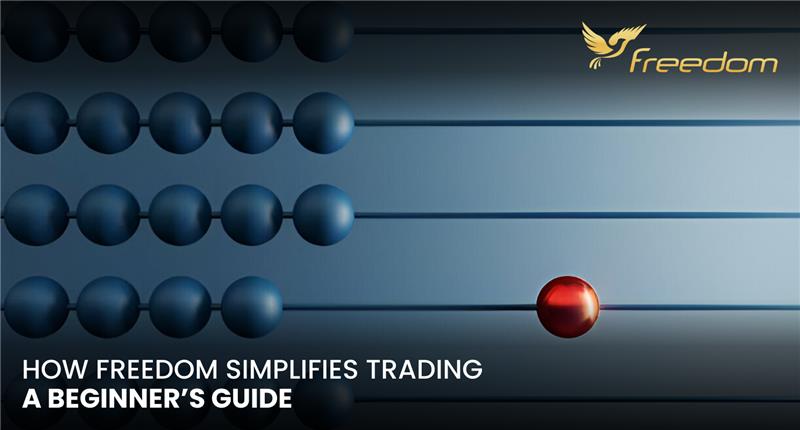Before we discuss the concept dividend investing, we should know about dividends. Many new investors are unfamiliar with the concept of dividends as they apply them to investments, particularly individual stocks or mutual funds. A dividend is a payment made by a publicly traded firm to qualifying owners of a portion of its profit.
However, not all businesses pay dividends. Typically, the board of directors decides if a dividend is beneficial for their company based on a variety of financial and economic criteria. Dividends are often paid to shareholders in the form of cash payments on a monthly, quarterly, or yearly basis.
Dividend Fundamentals
Before receiving a dividend payout, or distribution, shareholders of any given stock must complete specific requirements. To be eligible for the dividend, you must be a “shareholder of record” on or after a specific date set by the company’s board of directors.
Also Read – Why Should You Never Short a Stock?
Stocks are frequently referred to as trading “ex-dividend,” which simply implies that they are trading without dividend eligibility on that particular day. You will not receive the most recent dividend distribution if you buy and sell stock on its ex-dividend date.
Now that you have a basic understanding of what a dividend is and how it is dispersed, let’s go over what else you should know before making an investing decision.
What Does Dividend Yield Mean?
It may seem counterintuitive, but when a stock’s price rises, so does its dividend yield. Dividend yield is a measure of how much cash flow you get for every dollar you invest in a stock.
Many inexperienced investors may mistakenly believe that a greater stock price equates to a higher dividend yield. Let’s look at how dividend yield is computed to better understand this inverse relationship.
Dividends are typically paid out per share. If you possess 100 shares of ABC Corporation, your basis for dividend distribution is 100 shares. Assume for the moment that ABC Corporation was purchased at $100 per share, implying a $10,000 total investment. Profits at ABC Corporation were unusually high, therefore the board of directors agreed to pay a cash dividend of $10 per share to stockholders each year.
As a result, if you continue to own ABC Corporation for a year, you will get $1,000 in dividends. The annual yield is calculated by dividing the total dividend amount ($1,000) by the stock’s cost ($10,000), which equals 10%.
Dividend-Paying Stock Evaluation
The underlying question is whether dividend-paying equities are a solid long-term investment. Dividends are earned from a company’s profits, so it is reasonable to believe that dividends are generally an indicator of financial health in most circumstances. Purchasing established companies with a history of paying out excellent dividends gives stability to a portfolio.
If you hold your $10,000 investment in ABC Corporation for one year, it will be worth $11,000, provided the stock price remains stable. Furthermore, if ABC Corporation trades at $90 per share a year after you bought it for $100, your total investment after dividends is still broken even ($9,000 stock value + $1,000 in dividends).
Risks of Dividend Investing
Almost all of the big banks reduced or canceled dividend payments during the 2008-2009 financial crisis. For hundreds of years, these corporations were known for paying out reliable, dependable dividends each quarter. Despite their illustrious histories, many dividends were reduced.
Dividends, in other words, are not guaranteed and are susceptible to both macroeconomic and company-specific risks. Another disadvantage of investing in dividend-paying equities is that dividend-paying companies are not often high-growth leaders. There are occasional exceptions, but high-growth firms rarely pay big dividends to shareholders, even if they have outperformed the vast majority of stocks over time.
Growth organizations typically spend more money on R&D, capital expansion, retaining exceptional workers, and mergers and acquisitions. For these companies, all earnings are considered retained earnings and are reinvested back into the company rather than distributed to shareholders as a dividend.
It is also critical to avoid corporations with extremely high yields. As we’ve seen, if a company’s stock price continues to fall, its yield rises. Many inexperienced investors are enticed to buy a stock only on the basis of a potentially lucrative dividend. There is no hard and fast rule for determining how much is too much in terms of dividend payout.
Specific Considerations
Historically, the average dividend yield for S&P 500 index companies that pay a dividend has ranged between 2% and 5%, depending on market conditions.
In general, it pays to do your study on companies earning more than 8% to learn more about the company. Due diligence will assist you in distinguishing between organizations that are actually in financial distress and those that are momentarily out of favor and thus give a decent investment value proposition.




